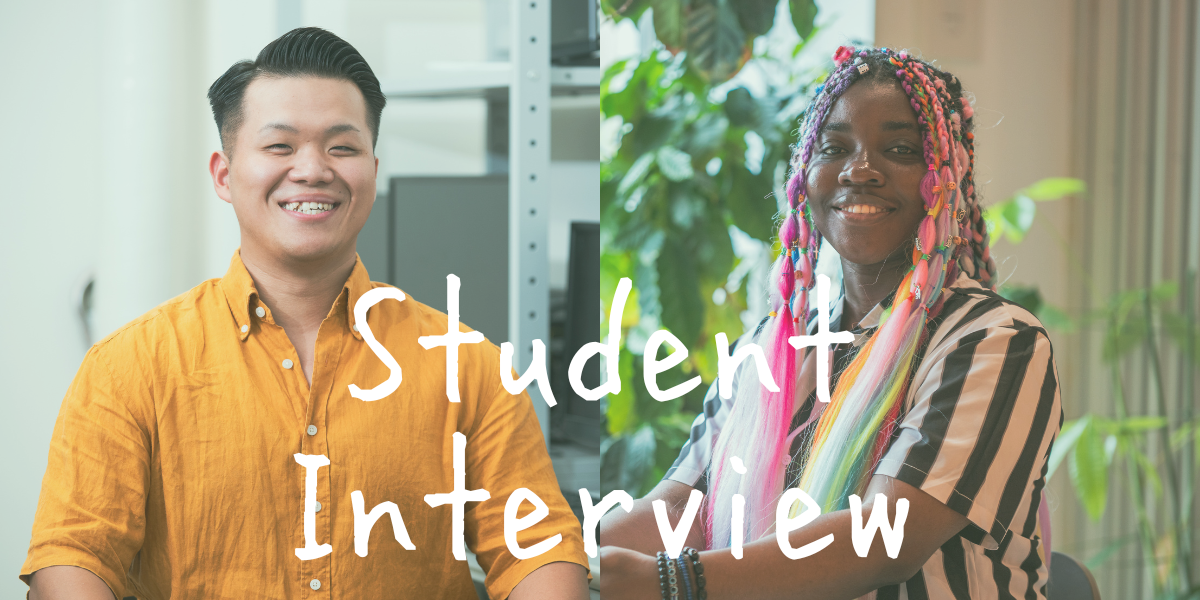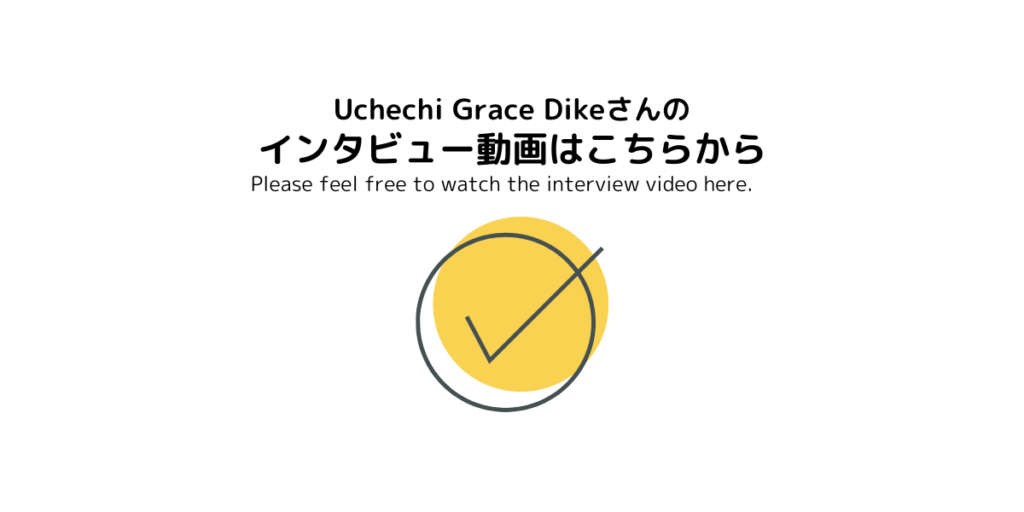
取り組んでいる研究について、数理情報システムコースの学生の方にお話を伺いました。
※学年などは取材当初のものです

福田 龍飛 さん
情報工学系専攻 システム情報学コースMC2年(取材時)
「多方向から撮影された耳画像を用いた個人識別」をテーマに研究をしています。
個人識別といえば、指紋認証や顔認証が有名ですが、指紋認証であると認証器具に直接触れる必要がありますし、顔認証であると年齢とともに変化してしまうというデメリットがあります。そこで経年変化の少ない耳に注目し、研究に取り組んでいます。先行研究の中には高い精度を誇るものもありましたが、扱われていた耳画像はどれも正面からのものばかりでした。
「多方向から個人識別が実現することで、離れた場所からの識別が可能になり犯罪捜査などに役立てられるのではないか」と思い、このテーマで研究を進めていこうと決めました。
研究に取り組む中で大変なことはたくさんありますが、自分の研究の成果が繋がるビジョンが見えているので、辛いと思うことはあまりありません。大学院での研究は0から1の正解を導きだすためのトライアンドエラーの繰り返しです。目指す目標に向かって問題点を洗い出して、コツコツと成果を積み重ねていくたびにやりがいを感じます。
研究に没頭していると、自分の考えにハマっていってしまうことがあります。そんな時は、研究室の先生や仲間と話すことで自分とは違う考えから自分の視野を広げることができ、刺激を受けています。研究に還元できたり、その機会のひとつひとつが自分の成長に繋がっていると感じています。真剣に研究に取り組むことで、人間力を高められていると思います。

Uchechi Grace Dike さん
情報工学系専攻 システム情報学コースMC2年(取材時)
私の研究のタイトルは「適応型ニューラルアーキテクチャとEEGデバイスを使ったバイオフィードバックループによる没入型仮想現実体験と拡張現実の研究」です。
この研究では、脳の活動信号を仮想現実にフィードバックし、ユーザーの気分や体験に応じてVR環境をリアルタイムで調整します。EEGデータを使って脳波フィードバックを送り、バイオフィードバックループを実装します。これにより、風景デザイン、オーディオ、照明などの環境がユーザーの気分に合わせて変化します。
脳波分析には、ユーザーが幸福、悲しみ、リラックスしたいなどの気分を判断するためのいくつかのカテゴリがあります。それに応じて脳の活動が変化し、環境もまた、オーディオ、風景、全体の周囲がユーザーの気分を改善するように適応されます。例えば、ユーザーが怒っていたり不機嫌だったりすると、環境はユーザーを落ち着かせるのに役立ちます。また、ユーザーが幸せであったり興奮していたりすると、その気分を維持するためにバランスの取れた体験を提供します。
この研究の魅力的な点は、教育や医療など、さまざまな分野に応用できることです。
例えば、学生が集中して勉強する必要がある時に静かな場所にいない場合、仮想現実を使って落ち着いた環境に没頭することができます。また、リラクゼーションや精神的な幸福のための治療的環境が必要な人々にも役立つことができます。
The title of my research is Essentially Driving Immersive Virtual Reality Experience and Augmented Reality Using Adaptive Neural Architecture with a Biofeedback Loop from an EEG Device.
In this case, the brain activity signals are sent back to the Virtual Reality. And certain aspects of the VR environment, such as the user's mood or whatever the user is experiencing, are adapted in real-time. In this case, while we are using the EEG data, we're sending the brainwave feedback, and we’re implementing a biofeedback loop. The environment, including the landscape design, the audio, and essentially the lighting, gets adapted to how the user is feeling. Basically, the state of the virtual world adapts to the mood of what the user is feeling. And we're getting this biofeedback using the EEG device, adapting to what exists around the virtual and augmented reality.
There are certain categories of how brainwave analysis can determine people's moods, whether they are happy, sad, or just want to relax. The brain activity adapts accordingly. The environment also adapts in a way that the audio, landscape, and overall surroundings help improve the user’s mood. If they were feeling angry or upset, the environment could help calm them down. Or, if they were feeling happy or excited, it could maintain that mood by providing a balanced experience.
The rewarding aspect of this research is that it can essentially be applied to any field of study, like education, the medical field, and many other sectors that can utilize this technology.
If a student was studying and needed complete focus, but they were not in a quiet place, they could use Virtual Reality to immerse themselves in a more calming, stable environment without any distractions. It could also help people who need a therapeutic environment for relaxation and mental well-being.



